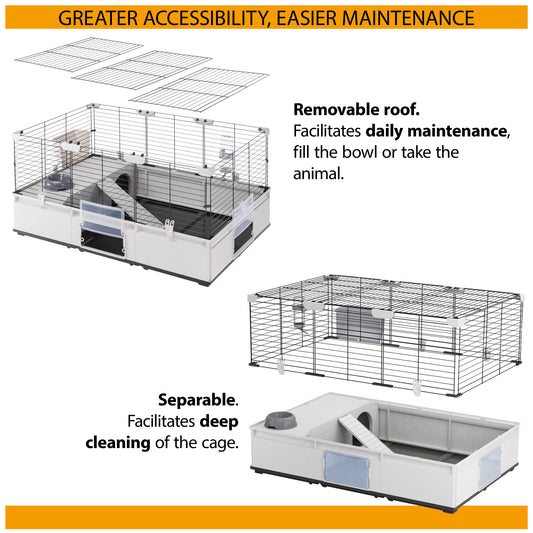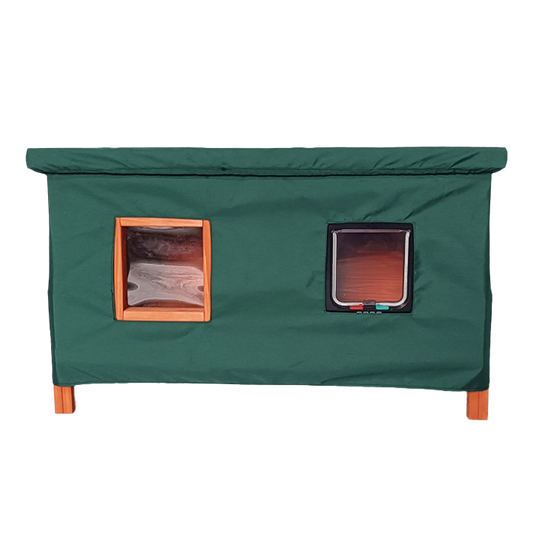Why does my cat’s tongue feel like sandpaper?
Cats will only lick people they really like, so if you’ve been on the receiving end of a sandpapery kiss, you should consider yourself special. All species of cats have the same rough tongue and if you were ever to be licked by a lion or tiger, you’d have the same experience – albeit a bit more intense!
A cat’s tongue feels rough because it is covered with a layer of tiny backward-facing barbs known as papillae. They are different lengths – the ones in the centre being the longest – and they fulfil several very important functions.
Efficient eating
Cats use their rough tongues to strip every morsel of meat off the bones of their prey. It’s a quick and effective way of getting the maximum amount of food from a kill. The barbs also pull the meat to the back of the mouth ready to be swallowed.
Clever drinking
It might look like cats and dogs drink in the same way by using their tongues as scoops, but cats actually have a much more ingenious method of drinking, which can only be witnessed properly if watched in slow motion.
Only the tip of a cat’s tongue will make contact with the surface of the water. It is the speed with which they retract their tongue (almost 80cm per second) and the way that the barbs pull the water that results in a column of it shooting upwards. Using their super-sharp reflexes, a cat will catch the water in mid-air.
In-built hairbrush
Grooming is a very important job for a cat, and it’s estimated that they spend around half of their waking hours licking themselves. Cats like to keep clean, which is an instinct inherited from their wild ancestors to help them evade predators.
Social animals tend to rely on others in the pack to help with grooming in a mutually beneficial arrangement – along the lines of ‘you lick my back and I’ll lick yours’ – but as solitary animals, cats have to be self-sufficient in keeping themselves clean and healthy.
Fortunately, cats are born with their own perfect hairbrushes in the form of their tongues. The barbs on the surface of the tongue are arranged in a similar way to the bristles on a brush and as a cat licks their coat, the barbs pass through the fur, detangling it and pulling out any dirt and loose hair.
Cats are unable to spit out the hair that is picked up by their tongues, as it is caught by the backwards-facing barbs. This means that the hair has to be swallowed by a cat and will be vomited up later as a hairball.
Waterproofing and cooling
When cats lick themselves, their rough tongues stimulate the sebaceous glands situated at the base of each hair. These secrete an oily substance called sebum, which the tongue helps to spread throughout the coat, lubricating and waterproofing it.
Researchers at the Georgia Institute of Technology in Atlanta studied cats’ tongues using a micro-CT scanner. They found that the barbs on the tongue are hollow and absorb saliva, which is then distributed throughout the coat during grooming. It is thought that this is a way that cats can keep themselves cool in hot weather.
Warning!
In the same way that cats can’t spit out hair that has become caught on their tongue, things like string, ribbon, and thread can pose a hazard in the home if picked up by a cat. Keep things like these well out of your cat’s reach. If you should ever notice a piece sticking out of your cat’s mouth, don’t be tempted to pull it. If a piece of thread is caught on the tongue, you could risk serious injury to your cat by pulling it. Instead, you should seek veterinary assistance as soon as possible.
Shop All Cat
If you found this article interesting, you may like:









